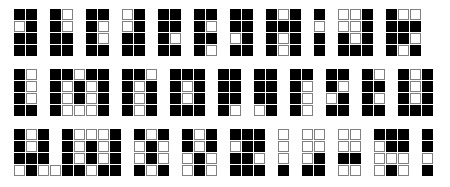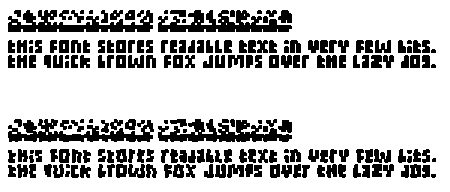I’m fascinated by the concept of a “compensated spokesperson.” The basic idea, as I understand it, is this. A company has some product they are trying to push, so they hire a well known actor to shill for them. Everybody knows that the actor is doing it for the money — after all, there is a big disclaimer that says we are watching a “compensated spokesperson”. It doesn’t get more obvious than that.
Generally these companies like to hire an actor known for playing trustworthy characters. After Sam Waterston spent some time playing a highly ethical Assistant D.A. on “Law and Order”, he got hired as a pitchman by the TD Waterhouse banking group. More recently, John Roland went from a long career as a legendary NY TV news reporter to the “compensated spokeperson” for Wilens & Baker, a law firm in serious need of a public relations face-lift after having been censured by the NY Judiciary for being nasty to its own clients.
There are a lot more examples of this, and it’s always the same. Some trusted face that you know from TV or the movies, somebody you may have grown up watching as they battled fictional bad guys, becomes the public face of a company that wants to borrow some of that honorable Mojo, and is willing to pay for the privilege.
Yet here’s the interesting part. Everybody knows that this is all a complete crock. Essentially a company is telling its public: “Hey public, we’re going to try to convince you we’re the good guys by hiring an actor, and we’re even going to tell you that we’re paying them to shill for us, but we think you’re so stupid that you’re going to believe us anyway.” In effect, the company is telling its potential customers that it believes them to be mindless, knuckle dragging, drooling morons, who wouldn’t know a bald faced lie if it jumped up and bit them on the keister.
Now, you would expect that the public would respond to this kind of thing with utter disgust, massive boycotts, deliberate avoidance of any product peddled in such a ridiculous manner. But actually, it works. People turn on their TV sets, see Sam Waterston, or John Roland, or William Shatner, or Tiger Woods (well, um, until recently), and they believe! The use of a compensated spokesperson has been proven, time after time, to increase trust in a product or company. It turns out that we really are mindless, knuckle dragging, drooling morons.
Well, have you ever had the thought “Boy, if I had all the money in the world, what I’d really like to do is…”?
One of my fantasies — maybe something I’d do with that second billion — would be to hire all of those compensated spokespersons, and pay them to talk about what they really think of the product they are shilling for (it’s amazing how creative you can get with money you never expect to have). It wouldn’t be dishonest or anything. Just a general sort of consciousness raising, a kind of karmic compensation. It could even become a spectator sport. People could see some well-known actor (as in “I’m not a doctor, but I play one on TV”) peddling a product, and then the next week they public would get to hear what the actor really thinks of the product.
On the other hand, such a project might not be necessary if all compensated spokespersons were all as cool as the late great Antonio Carlos Jobim — composer of “The Girl from Ipanema” and other immortal Bossa Nova songs. In the Brazilian beer wars, two rival brands — Brahma and Antarctica — would each spend a fortune battling it out in the marketplace of public opinion, a kind of alcoholic Coke versus Pepsi. For many years Jobim, a living legend in Brazil, made a hefty sum as a paid spokesperson for Brahma. He’d even work its brand name into his song lyrics.
But when he was asked about it, he said: “Yes, it’s true. I get paid to promote Brahma. But I drink Antarctica.”


